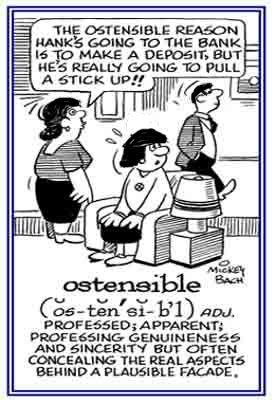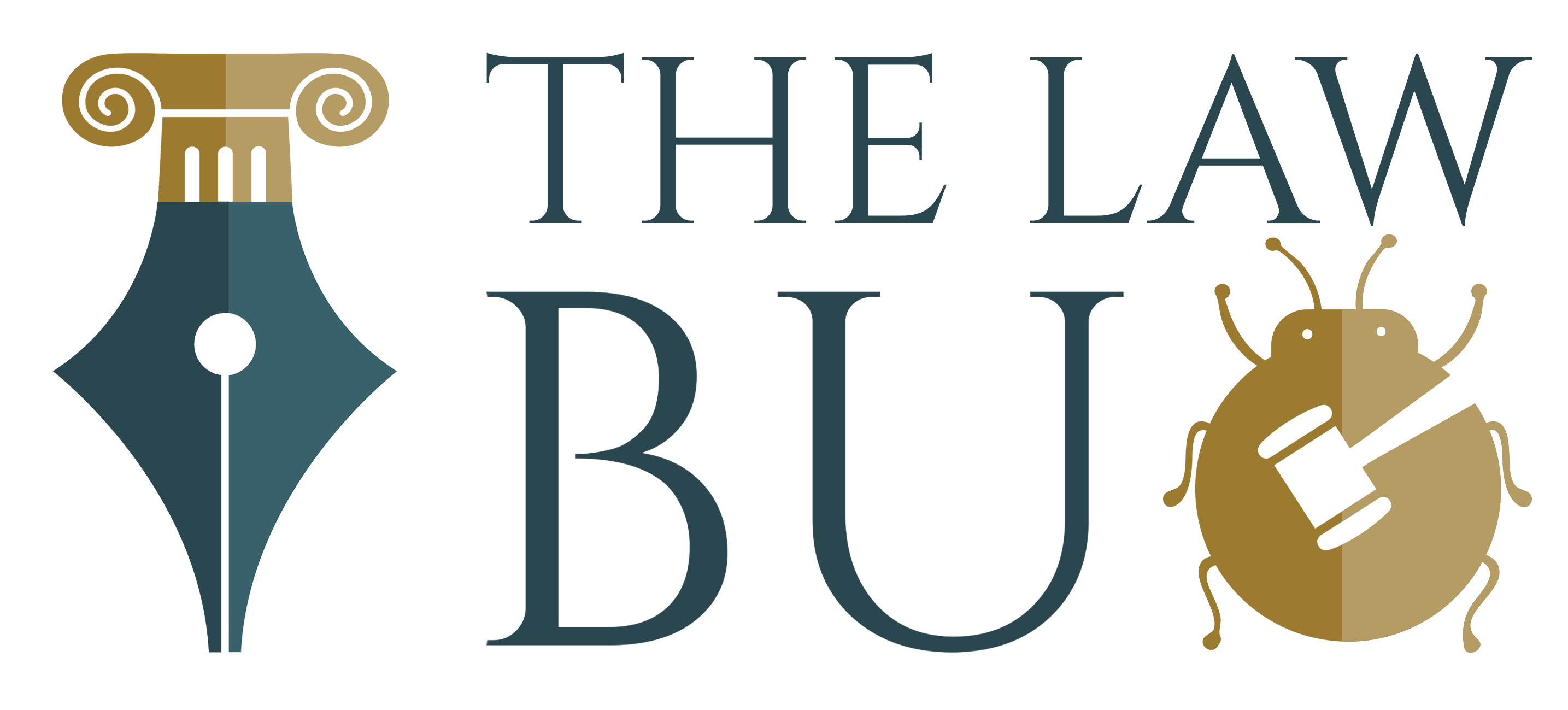All that you need to know about Ostensible Ownership

The Transfer of Property Act, 1882 was enacted to define and amend the different set of rules and intricacies pertaining to transfer of both movable and immovable property between two parties in order to exemplify the principles of equity, justice and good conscience. In light of the same, section 5 of the Transfer of Property Act (TPA), 1882, defines Transfer of Property as an “act by which a living person conveys property, in present or in future to one or more living person or to himself and one or more other living persons”.[1]The living person herein also conveys juristic persons under its ambit. [2]It is essential herein to understand who is competent to transfer a property for which section 7 lays down two conditions that – the person should be competent to contract[3], and have title to the property or authority to transfer. [4] The well-established maxim Nemo Dat Quod Non Habet implies the principle of that no person can transfer to another a right or title greater than what he himself possesses. [5]Considering this principle, an ostensible owner becomes an exception to this principle. An ostensible owner can be defined as an apparent owner who is not the real owner but represents himself as the real owner before the public at large for transaction purposes. An ostensible owner is equipped with all the essential characteristics of an owner bearing his name on title deeds however, he cannot be ascertain as a real owner to a property as he never intends to own the property but it is the real owner who intends to purchase and enjoy all the rights over that property. The concept of ostensible owner is found under Section 41 of the TPA, 1882, wherein if the real owner entrusts one with the documents of property title, a third person who bonafide deals with that other person acquires a good title to the property as against the true owner. Such a transaction between that other person and third party is valid in the eyes of the law. [6]In India, the concept of ostensible ownership is popularly known as ‘Benamidar’, which means a person holding a property ‘without name’. [7]
BONAFIDE TRANSFEREE & DOCTRINE OF HOLDING OUT
A transferee from an ostensible owner is protected under sec 41 of the TPA, 1882. In Property Transactions, a Bona Fide Purchaser or Transferee is an innocent party who purchases a certain property for valid consideration without having knowledge of another person’s title to the property even after taking due diligence or reasonable care. Sec 41 works as a right available to such bonafide transferee whereby the real owner, through his express or implied consent, establishes an ostensible ownership cannot be allowed to claim his real ownership to defeat the rights of a bona fide purchaser who acted in good faith and despite reasonable care could not discover such real ownership. [8]
The Doctrine of Holding Out is the underlying principle established under Section 41 of the TPA, 1882. Section 41 protects the bona fide transferee from an ostensible ownership by applying the doctrine of holding out which is recognized under section 28 of the Indian Partnership Act, 1932.[9] For instance, X owns a property but Y is allowed by X to appear as owner in the eyes of the public by bearing the name of X in all property related transaction documents. If suppose Y sells the property to a bona fide purchaser Z who with all due care finds Y to be the owner, and Y goes to X stating that Z has paid advance of 5 lacs through cheque, if X happens to take that cheque to the bank to withdraw the money, X has impliedly given consent to such transfer of property. Thus in such case, X cannot recover the property from Z and Z being a bona fide purchaser, his rights are protected. This law was established in leading case of Ramcoomar Koondo v. Macqueen of the Privy Council, where it established that.–
It is a principle of natural equity to be considered universally that when one man allows another to hold himself out as the owner of an estate and a third person purchases it for value from the apparent owner in a belief that he is the real owner, the man who so allows the other to hold himself out shall not be permitted to recover upon the secret title”.[10]
ESSENTIAL INGREDIENTS OF SEC 41, TPA, 1882
- Person transferring an immovable property should be an ostensible owner – The person making transfer of an immovable property should be an ostensible owner who has all the indicia of ownership without being the real owner. [11] An ostensible owner actively represent himself as real owner of the property. It is here to be noted that an agent[12], manager[13], or servant [14] or trustee of an idol [15]cannot be considered as an ostensible owner. For instance if Kranti, an agent to Pranav, is asked to hold an immovable property while he was outside India for business purpose, on such ground Kranti cannot enter into transfer of that property.
- Ownership should be with expressed or implied consent – The real owner of the property should give his free consent either expressly or impliedly for such transfer of immovable property.[16] The consent of the real owner can either be expressed or implied has to be proved before section 41 can be invoked. [17]An express consent can be understood with an illustration – if Aryan being owner of a property in Delhi, allows Kartik to conduct a transfer of that property to Raghav, such a situation is considered as an express consent. An implied consent can be understood with the above example, if Kartik did sell the property of Aryan without informing Aryan and Aryan is receiving the amount transferred by Raghav and using that consideration amount to invest in some other property, such a conduct of Aryan is referred to as implied consent.
- Transfer has to be for some consideration - Consideration is another essential ingredient for a valid transfer. Ostensible owner cannot just give away the property as a love or in affection. [18]If suppose when Suresh being an ostensible owner of Sujoy’s immovable property, as a token of love gifts to his son-in-law that immovable property without any consideration, such a transfer is invalid since neither Sujoy consented to such transaction and neither Suresh’s son-in-law paid any valid consideration. Mere proof of passing of consideration does not entitle a person protection provided under section 41 of the TPA, 1882.[19]
- Transferee has to act in good faith and take reasonable care – It is to be established that the transferee has purchased the property in honest belief with bonafide intention. The transferee has to make due inquiry about the title of the seller and find the apparent owner as one who can actually transfer the property. This section imposes two conditions: good faith [20]and reasonable enquiry or care [21]about the title of the property. Transferee should not only scrutinize documents but also conduct title search, issue public notice, make enquiry at the registered office and other such reasonable measures.
TEST TO DETERMINE OSTENSIBLE OWNERSHIP
In the case of Jayadayal v. Bibi Hazra, the Supreme Court observed that the test to determine ostensible ownership differs from case to case however, following few things are to be taken into consideration while testing ostensible ownership –
- Source of Money as to who has paid the consideration.
- Relationship between the real and ostensible owner.
- Motive behind the entire arrangement of ostensible ownership.
- Custody of the title deeds or who is in possession of such documents.
- Nature of possession as to who is enjoying the possession of the property.[22]
THE BENAMI TRANSACTIONS (PROHIBITION) ACT, 1988
The transfer of immovable property by an ostensible owner under sec 41 of the TPA is subjected to the provisions of the Benami Transactions (Prohibition) Act, 1988. During the early 1970’s and 80’s there was emergence of many transactions made by the underground group leaders by the arrangement of ostensible ownership and thus this act was enacted to curtail the same. The Act however provides for certain exceptions –
- If Karta holds a property for the ultimate benefit or advantage of the coparcener of Hindu undivided family.
- Property is purchased by Trust
- Property purchased in the name of his wife or unmarried daughter for their benefit.[23]
CONCLUSION
Hence, in light of the above discussion, it is understood that an ostensible owner is just a namesake or an apparent owner who is consented by the real owner some rights over an immovable property to transfer it off. The ostensible owner is just merely representing himself in front of the public at large as a real owner. Although he possess all the privileges of ownership in a property, nevertheless the real owner or enjoyment of the property is with the real owner.
[1] Transfer of Property Act, 1882, sec.5.
[2] Hindustan Lever v. State of Maharashtra (2004) 9 SCC 438, AIR 2004 SC 326,
[3] Indian Contract Act, 1872, sec 11.
[4] Transfer of Property Act, 1882, sec 7.
[5] Mahabir Gope And Others v. Harbans Narain Singh & Ors., AIR 1952 SC 205; V.Chandrasekaran & Anr v. Administrative Officer & Ors, (2012) 12 SCC 133.
[6] Transfer of Property Act, 1882, sec 41.
[7] The Controller of Estate Duty v. Aloke Mitra, AIR 1981 SC 102.
[8] Asa Ram & Anr v. Mst. Ram Kali & Anr., AIR 1958 SC 183; SBI v. Rajendra Kumar Singh & Ors., AIR 1969 SC 401; Hanumant Kumar v. Mohan Lal, AIR 1988 SC 299; State of Punjab v. Surjit Kaur, AIR 2001 SC 42.
[9] Indian Partnership Act, 1932, sec 28.
[10] Ramcoomar Koondo v. Macqueen, (1872) 52 Ind App Sup (40).
[11] Binapani Paul v. Pratima Ghosh, AIR 2008 SC 543.
[12] Sadiq Hussain v Co-op Central Bank, Yeotmal, AIR 1952 Ngp 106.
[13] Union Bank of India v Ram Rati, AIR 1954 All 595.
[14] Chooni Lal v Nilmadhab, AIR 1925 Cal 1034.
[15] Ratan Sen v Suraj Bhan, AIR 1944 All 1 (4) (DB).
[16] Inbamathi v Ramar, 2007 (2) Mad LJ 927 (944, 945) (Mad); Abdul Gafar v Nawab Ali, AIR 1949 Assam 17.
[17] Ram Kissan Agarwalla v Muktinath Sarma, AIR 1956 Assam 154.
[18] Syed Abdul Khader v Rami Reddy, AIR 1979 SC 553.
[19] Shiv Dass v. Devki, AIR 1978 P&H 285 (288).
[20] Gurbaksh Singh v Nikka Singh, AIR 1963 SC 1917;
[21] Lakshmi Co v Surender Gori, AIR 1989 NOC 136 (P&H).
[22] Jayadayal v. Bibi Hazram, AIR 1974 SC 171.
[23] Benami Transactions (Prohibition) Act, 1988, sec. 4, cl.3.

Comments ()